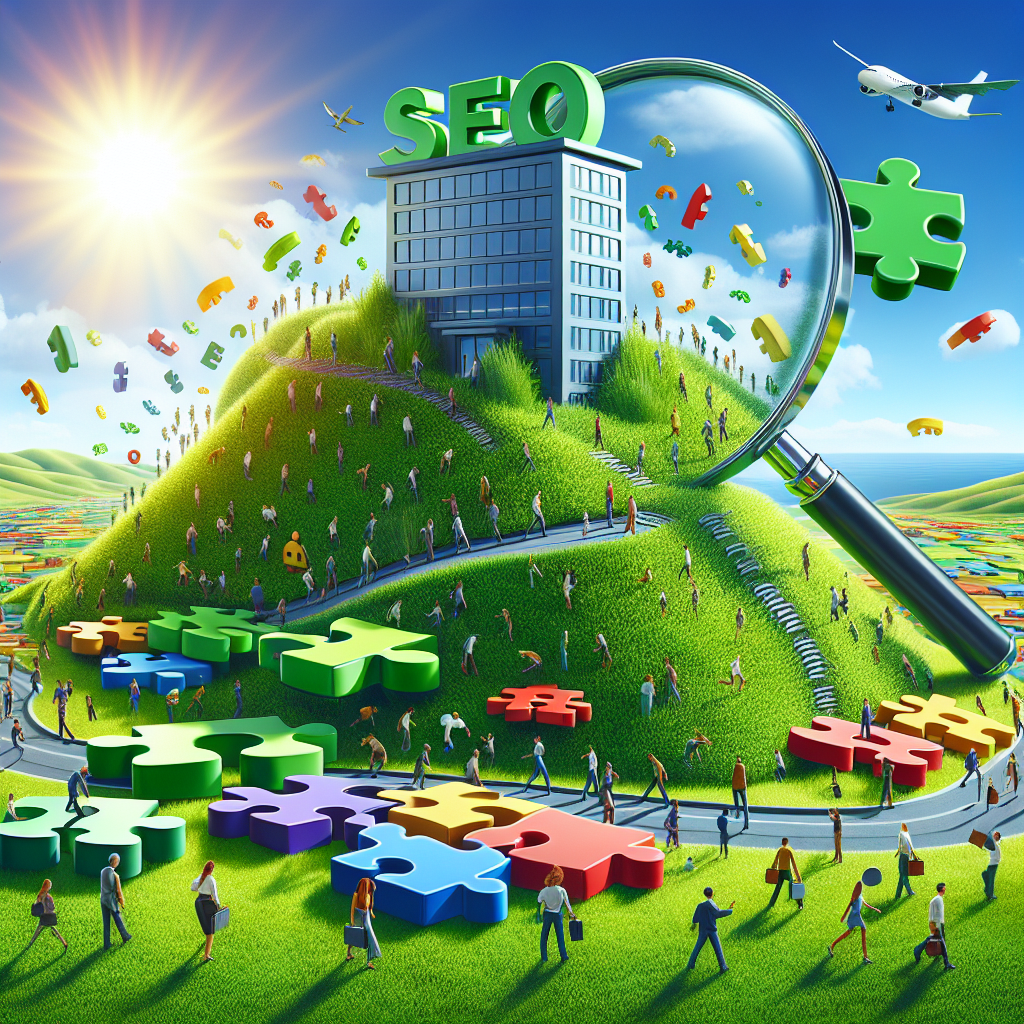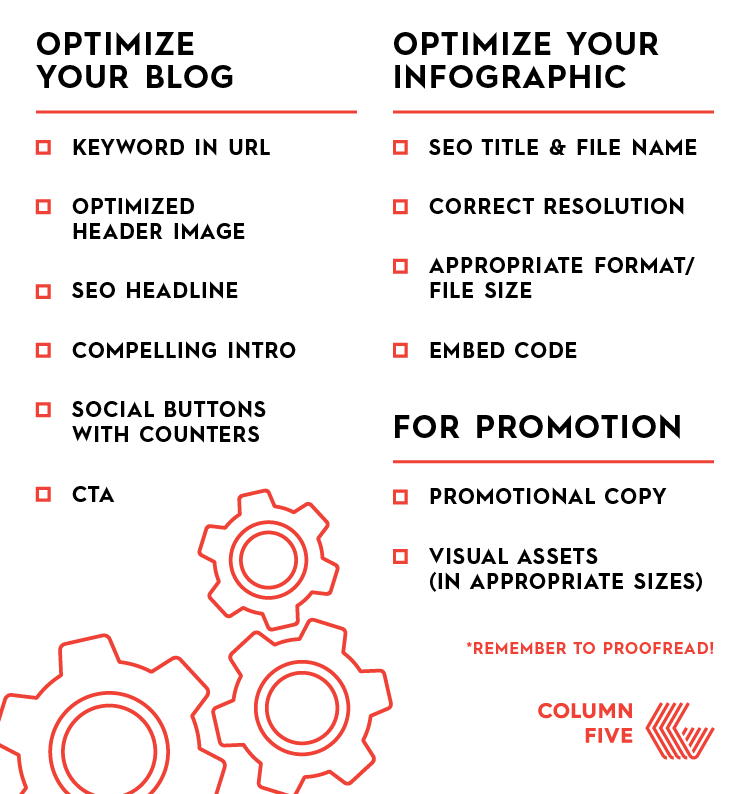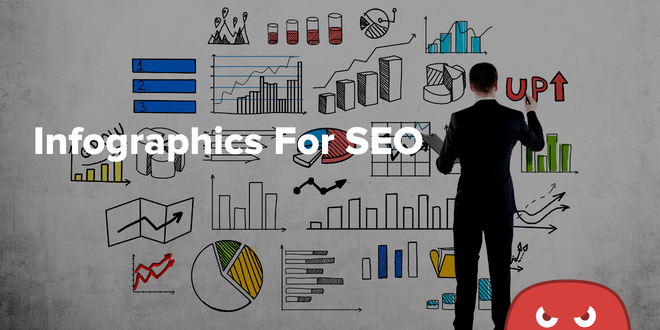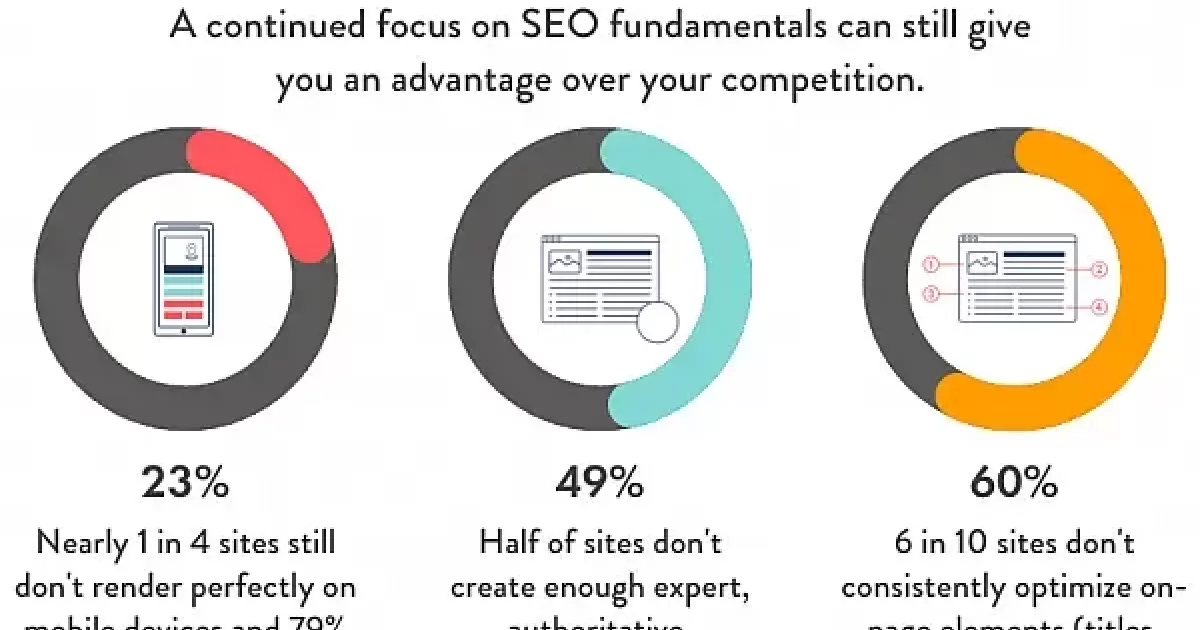Discover the insider secrets to boosting your website’s search engine ranking with these game-changing content optimization tips for SEO success.

Image courtesy of via DALL-E 3
Table of Contents
- Introduction: What is Content Optimization?
- Understanding Keywords
- Creating Great Content
- Making Your Content Easy to Read
- Using Links Effectively
- Optimizing Images and Multimedia
- Promoting Your Content
- Monitoring and Improving Performance
- Conclusion: Putting It All Together
- Frequently Asked Questions (FAQs)
Introduction: What is Content Optimization?
Content optimization is a way to make sure that your website or blog shows up higher in search engine results. When people search for something on the internet, they type in certain words or phrases. Those words are called keywords. By using these keywords in your content, you are optimizing it for search engines like Google. This helps your website get seen by more people who are looking for the information you provide.
Why Should We Optimize Content?
Optimizing content is important because it helps your website get noticed. When your content is optimized, it has a better chance of showing up at the top of search engine results. This means more people will visit your site, read your content, and maybe even buy your products or services. It’s like making a sign that says, “Come this way for what you need,” so people can find you more easily.
How Does SEO Help?
SEO stands for Search Engine Optimization. It’s like a secret code that search engines use to understand what your content is about. By using SEO in your content, you’re speaking the same language as search engines. This helps them figure out when to show your website to people who are searching for that information. So, when you optimize your content using SEO, you’re making it easier for search engines to find and recommend your website.
Understanding Keywords
Keywords are the words or phrases that people type into search engines when looking for information online. They are like the secret codes that help search engines understand what a website or a web page is about. By using the right keywords in your content, you can make it easier for search engines to find and show your website to people who are looking for similar information. For example, if you are writing about cute kittens, your keywords could be “adorable kittens” or “funny cat videos.”
How to Find the Best Keywords?
Finding the best keywords for your content involves understanding your audience and what they are searching for online. You can use tools like Google Keyword Planner or SEMrush to discover popular search terms related to your topic. It’s important to choose keywords that are relevant to your content and have a decent search volume, meaning that many people are searching for those specific terms. By selecting the right keywords, you can increase the chances of your content appearing higher in search results and reaching a larger audience.
Creating Great Content
Creating great content is essential for attracting readers and improving your website’s SEO. When your content is interesting and engaging, people will want to read it and share it with others. Here are a few tips on how to make your content stand out:

Image courtesy of www.columnfivemedia.com via Google Images
Writing Interesting Posts
When writing a post, it’s important to make it easy and fun to read. Use simple words and short sentences to convey your message clearly. Try to tell a story or share personal experiences to make your content more relatable. Remember to keep your paragraphs short and use headings to break up the text.
Using Pictures and Videos
Visual content can greatly enhance your posts and make them more engaging. Add relevant pictures, infographics, or videos to support your written content. People are more likely to stay on your page if they see interesting visuals that help them understand your message better. Don’t forget to optimize your images with descriptive alt text to improve accessibility and SEO.
Making Your Content Easy to Read
When writing content for your website, it’s essential to make sure that your audience can easily understand and engage with what you’re saying. Here are some tips to help you make your content easy to read:
Using Simple Words
Using big, complicated words can make it hard for people to follow along with your content. Instead, try to use simple words that everyone can understand. Short sentences are also helpful because they are easier to read and comprehend. By keeping your language straightforward, you can make your content more accessible to a wider audience.
Breaking Up Text
Long paragraphs of text can be overwhelming for readers. To make your content more digestible, consider breaking it up into smaller paragraphs. Using headings and lists can also help guide your readers through your content and make it easier for them to find the information they’re looking for. By breaking up your text, you can improve the overall readability of your content.
Using Links Effectively
Links play a crucial role in optimizing your content for search engines. By using links effectively, you can enhance your website’s visibility and credibility. Let’s dive into understanding how to use links in your content to improve your SEO.

Image courtesy of www.thehoth.com via Google Images
What are Links?
Links are clickable elements that connect one web page to another. There are two main types of links you should know about: internal links and external links. Internal links direct users to other pages within your website, while external links lead to pages on other websites.
Why Links Matter for SEO
Search engines like Google use links to navigate the vast web of information. When a search engine finds multiple links pointing to a specific page, it interprets that page as valuable and relevant. In this way, links act as endorsements for the content they lead to. The more high-quality links your content has, the more search engines recognize its importance, ultimately boosting your SEO ranking.
Optimizing Images and Multimedia
When you’re creating content for your website, it’s important to remember that images and multimedia play a crucial role in engaging your audience. Not only do they make your posts more visually appealing, but they can also help boost your SEO. Let’s explore how you can optimize your images and multimedia to improve your search engine rankings.
Choosing the Right Pictures
When selecting images for your website, it’s essential to pick ones that are not only relevant to your content but also high-quality. Low-resolution or blurry images can make your site look unprofessional and may deter visitors from staying on your page. By choosing clear, crisp, and engaging images, you can capture your audience’s attention and encourage them to explore your content further.
Adding Alt Text
Alt text, short for alternative text, is a brief description of an image that is displayed when the image cannot be loaded. This text is essential for accessibility reasons, as it helps visually impaired users understand the content of the image. Additionally, alt text is also crucial for SEO, as search engines use this information to understand what the image is about. By including relevant keywords in your alt text, you can improve your chances of appearing in search engine results.
Promoting Your Content
In order to attract more readers to your content, it’s essential to promote it effectively. Here are some tips on how to share and promote your content for maximum exposure.

Image courtesy of www.workshopdigital.com via Google Images
Using Social Media
Social media platforms like Facebook, Instagram, Twitter, and LinkedIn are great places to share your content with a wider audience. You can create posts with eye-catching images or videos that link back to your website or blog. Engage with your followers by responding to comments and messages to keep them interested in your content.
Engaging with Your Readers
Interacting with your readers is crucial for building a loyal audience. Encourage feedback by asking questions or running polls related to your content. Respond to comments and messages promptly to show your audience that you value their opinions. By actively engaging with your readers, you can create a community around your content and encourage them to share it with others.
Monitoring and Improving Performance
In order to ensure that your content is reaching its full potential and attracting the right audience, it is essential to monitor and improve its performance regularly. By tracking how well your content is doing and making necessary adjustments, you can enhance your search engine optimization (SEO) and reach a wider audience.
Using SEO Tools
SEO tools are valuable resources that can provide insights into how well your content is performing. These tools can help you track keywords, monitor backlinks, analyze website traffic, and identify areas for improvement. By utilizing simple SEO tools, you can gain a better understanding of what is working well and where adjustments are needed.
Updating Old Content
Keeping your content fresh and relevant is crucial for maintaining good SEO performance. By periodically revisiting and updating older posts, you can ensure that they remain accurate and up-to-date. Search engines favor content that is current and informative, so by refreshing your older posts with new information, you can improve their visibility and attract more traffic.
Conclusion: Putting It All Together
After exploring various tips on content optimization for better SEO, it’s time to wrap it all up. By implementing the strategies discussed, you can enhance the visibility and ranking of your content on search engines. Let’s recap the key points we’ve covered:
Image courtesy of blog.hubspot.com via Google Images
SEO tips
Remember to use relevant keywords strategically throughout your content to improve search engine rankings.
Content optimization summary
Creating high-quality, engaging content is crucial for attracting and retaining readers. Use visuals, break up text, and make your content easy to read.
Final thoughts
Links are essential for SEO, so ensure you include internal and external links in your content. Don’t forget to optimize images and multimedia with descriptive alt text.
Lastly, actively promote your content on social media platforms and engage with your readers to build a loyal audience. Monitor your content’s performance using SEO tools and update old content to keep it fresh and relevant.
By following these content optimization tips, you’re on your way to improving your SEO and reaching a wider audience. Keep experimenting, learning, and refining your strategies to stay ahead in the digital landscape!
Frequently Asked Questions (FAQs)
What if My Content Doesn’t Rank?
If your content is not ranking well on search engines, don’t worry! There are a few things you can try to improve its visibility. Firstly, ensure that you have used relevant keywords in your content that people are likely to search for. Additionally, make sure your content is high-quality, engaging, and easy to read. You can also try building links to your content from other reputable websites to boost its credibility. If you’re still struggling, consider seeking help from an SEO expert who can provide valuable insights and guidance.
How Often Should I Update My Content?
Updating your content regularly is crucial to maintaining good SEO performance. Search engines love fresh and relevant content, so it’s a good idea to update your posts periodically. Depending on the type of content you have, you may want to consider updating it every few months or whenever there are significant changes in your industry. By keeping your content up-to-date, you not only improve your chances of ranking higher in search results but also provide valuable information to your readers.







